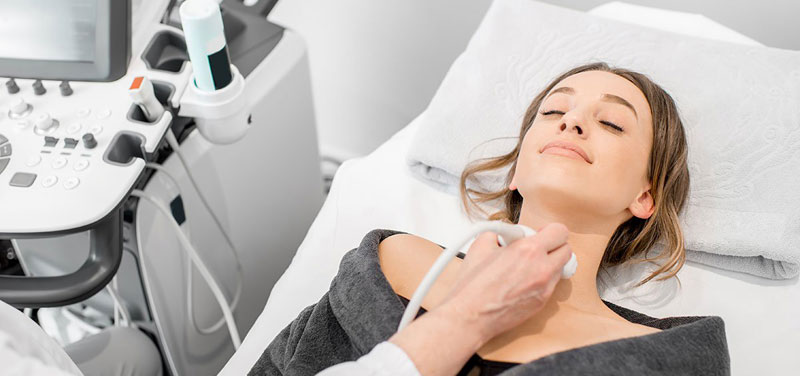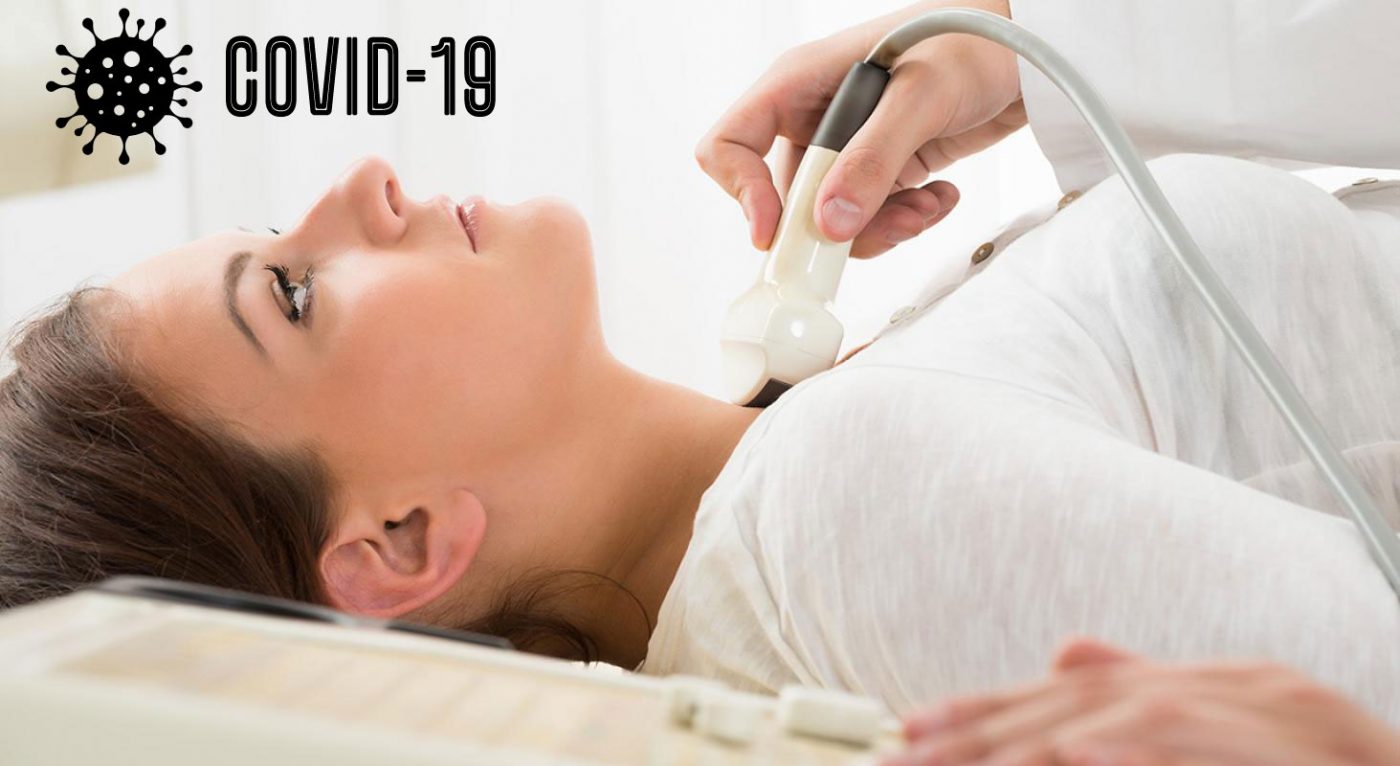In July 2020, the medical team of Maria Pavlatou, Julia Priestley, Cheryl McMullan and Petros Perros conducted an online patient survey in collaboration with the British Thyroid Foundation. The purpose of our survey was to gather information on how the Covid-19 pandemic affected patients with thyroid disease and whether there were unmet needs that could be addressed.
A sample of 633 patients shared their experiences of the information, medical care and support they received during the Covid-19 pandemic. Patients also analysed how and to what extent the pandemic affected their daily lives and health.
Of the 633 respondents, the average age was 49 years old and 93.6% were women. The majority of respondents (82%) lived in England. The most common thyroid disorder was hypothyroidism (54%), while hyperthyroidism was the second most common disorder (34%).
More than half (57%) of the respondents, in addition to thyroid disease, had at least one other comorbidity, the most common being depression (30%). 1% had been diagnosed with Covid-19 at the time of the survey, while 18% had symptoms suggestive of Covid-19 but had not been tested.
The main findings were:
Quality of life
Covid-19 significantly affected the quality of life of patients with thyroid disease. Characteristically, the average score of the respondents on their quality of life before the pandemic was 7/10. This decreased to 5.6/10 during the pandemic.

Increased Symptoms of Anxiety and Depression
58% of participants felt that anxiety and depression increased during the pandemic.
Weight gain
Over half of respondents (52%) gained weight.
Covid-19 risk in patients with Thyroid Diseases
Respondents said they were not particularly concerned about their risk of Covid-19 due to their thyroid disease, but felt they were at greater risk in relation to older age or gender.
Medical care
65% of respondents needed medical advice during the pandemic, but 12% of them were unable to make an appointment with their doctor.
Also 7.6% of patients reported that their thyroid treatment (surgery, radioactive iodine or treatment for thyroid eye disease) was postponed. Interestingly, a significant proportion (9.6%) experienced difficulties in receiving repeat prescriptions during the pandemic.
The level of satisfaction with medical services for patients with thyroid disease during the pandemic was below average, with a mean score of 4.3/10.

Use of technology
Over half of the respondents used the British Thyroid Foundation website to find information about Covid-19 and thyroid disease.
83% of the sample would welcome a programme in which patients could access thyroid specialists from across the country to improve their care. As part of this program, patients could potentially have phone or video sessions with thyroid experts from different parts of the country.
Conclusion
In conclusion, the survey identified unmet needs in terms of access for patients with thyroid diseases to specialist medical advice and information about Covid-19 and thyroid diseases.
In light of the above, the medical team responsible for the survey will continue to inform patients about the new Covid-19 data via the British Thyroid Foundation website and has shared respondents’ concerns with medical professionals responsible for improving services for people with thyroid disorders, in the hope that these comments will help shape decisions about future patient care in the UK.


